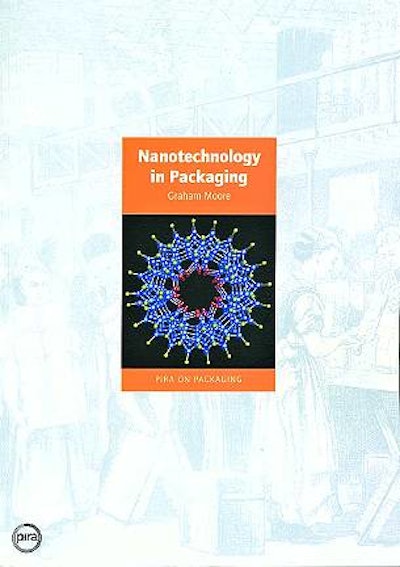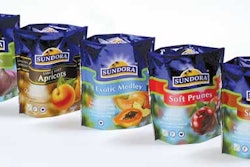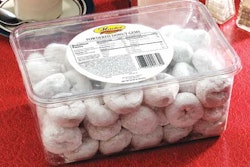
Nanotechnology is often described as the manipulation of atoms and molecules to create structures with “real-world” applications.
In packaging, raw materials could be created to enhance durability, improve gas and oxygen barriers for films and food packaging, and lengthen shelf life for the packaged product. So reports a new book entitled “Nanotechnology in Packaging.” In a section of the book covering commercial packaging applications, the publication refers to reports from U.S. analyst B.R.G. Townsend and Packaging Strategies, that note:
“Nanotechnology will affect, directly or indirectly, so many sectors that failure to respond to the challenge will threaten the future competitiveness of many organizations and companies,” says author Dr. Graham Moore. Published by Pira Intl. Ltd., the 86-page soft cover publication is broken into five sections:
Moore’s comments appear in the Future developments section. He concludes: “The high cost of experimenting with an unfamiliar technology covering a wide range of disciplines makes it hard for many companies, and in particular for many involved in paper, packaging, and printing, to establish what nanotechnology can do for them. However, a solution needs to be found, as it is important that industry is involved and is able to assess and maximize the opportunities offered.”
For more information on the $530 publication, visit Piranet.com, or call Ciaran Little at 011/44.1372.802.039.























